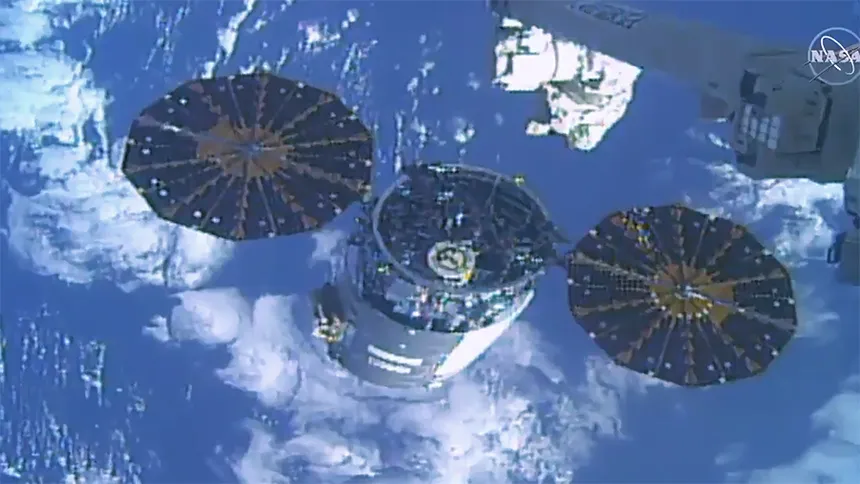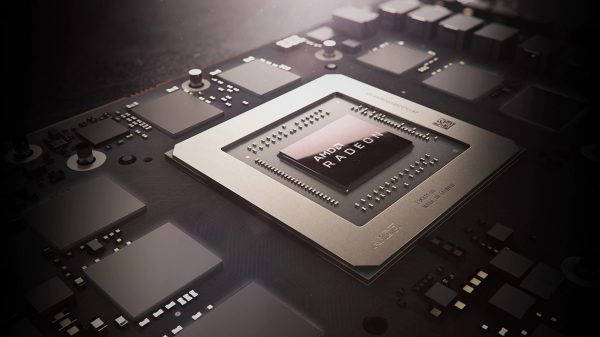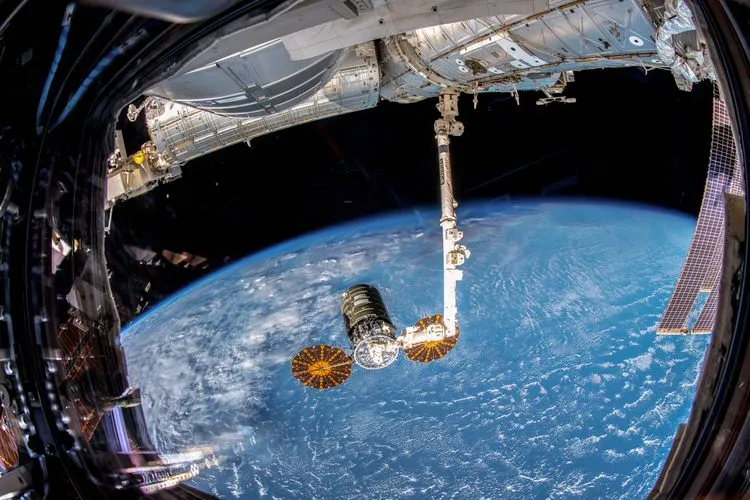The Northrop Grumman Cygnus spacecraft departed from the International Space Station (ISS) on July 12 after a five-month stay, marking the end of its 20th commercial resupply services mission to the station for NASA. The spacecraft carried 8,200 pounds of supplies, scientific investigations, commercial products, hardware, and other essential cargo to the ISS, which is orbiting at an altitude of around 250 miles above Earth.
The Cygnus spacecraft was launched from the Kennedy Space Center in Florida on February 19 atop a SpaceX Falcon 9 rocket, marking its first flight on a Falcon 9. Cygnus usually lifts off to orbit on an Antares 230+ rocket, but the war in Ukraine has disrupted the supply chain, and Antares will be replaced by the Antares 330 next year. The latest Cygnus flight was a success, despite some challenges, and marked a major achievement for Northrop Grumman’s commercial resupply services program.
During its stay at the ISS, Cygnus carried out a range of scientific experiments, delivered crew supplies and equipment, and transported commercial products to the station. The spacecraft is designed to autonomously dock with the ISS using advanced avionics and guidance systems, and has undergone several design improvements over the years to enable it to carry more cargo.

Cygnus Spacecraft Departs from International Space Station After Five-Month Stay
The Cygnus spacecraft was photographed attached to the ISS via the Canadarm2 robotic arm, providing a stunning view of the spacecraft in extraordinary detail. After its release from the station, Cygnus will descend to burn up in Earth’s atmosphere, marking the end of its mission.
The Cygnus spacecraft has had a remarkable track record, with only one failure in its 20 missions to the ISS. The first operational mission took place in 2013, and since then, Cygnus has played a vital role in resupplying the station with essential cargo. With its latest mission, Northrop Grumman has demonstrated its commitment to providing reliable and efficient services to NASA and the ISS.
The Cygnus spacecraft is capable of carrying a range of cargo, including crew supplies, equipment, and scientific experiments. Its pressurized cargo module is designed to transport sensitive equipment, while its service module features advanced avionics and guidance systems that enable it to autonomously dock with the ISS. Over the years, Cygnus has undergone several design improvements, including engineering enhancements that have boosted its cargo-carrying capacity and other aspects of the vehicle.
As the Cygnus spacecraft departs from the ISS, it marks the end of an era for Northrop Grumman’s commercial resupply services program. The company has played a vital role in supporting NASA’s mission to the ISS, and its latest mission is a testament to its commitment to providing reliable and efficient services to the space agency. As the Cygnus spacecraft begins its journey back to Earth, it leaves behind a legacy of successful missions and a growing legacy of achievements in space exploration.









































